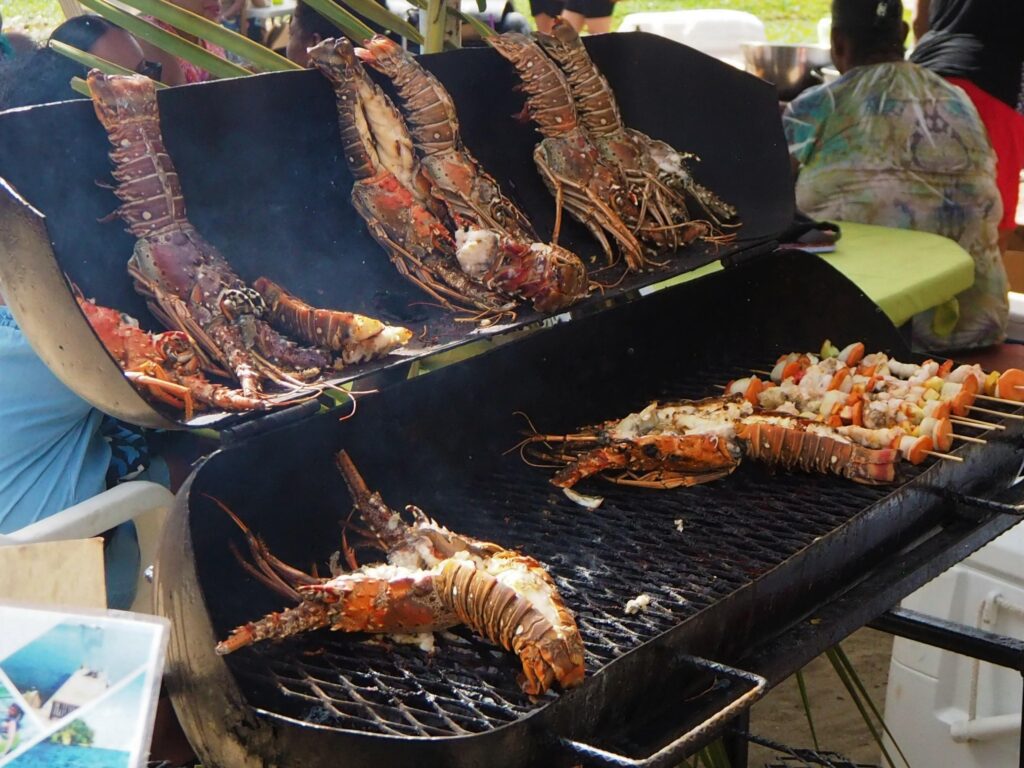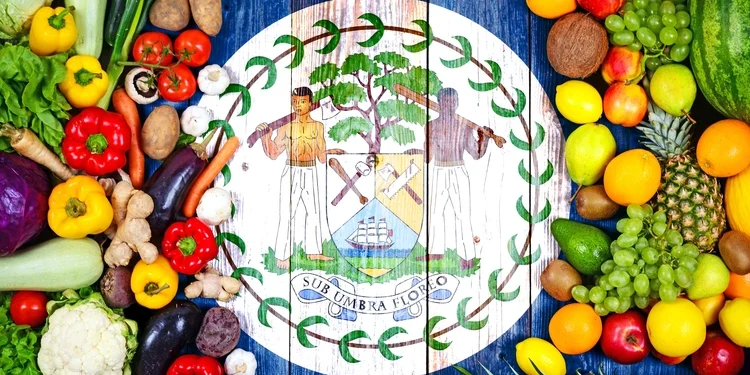I don’t consider myself a “foodie”. I never did follow trendy restaurants or seek out culinary experiences… but I sure do appreciate a good meal when I have one.
Prior to moving to Ambergris Caye, an island off the coast of Belize, my family would take a vacation there every year.
As soon as our travel dates were set, I would start researching what new restaurants had opened up, which of our favorites had moved, and what day each restaurant was closed… about one third of restaurants in San Pedro town (the only “town” on Ambergris Caye) will close one day per week to give their staff time off.
I would create a calendar so we wouldn’t miss out on our favorite spots on our trip.
As you might surmise by my excitement, the food was one of my strongest draws to Belize!
What makes Belizean food so special?
Belize’s culinary scene truly offers something for everyone. Reflecting the diverse heritage of its people, the dishes available are a rich blend of various cultures.
Traditional meals showcase influences from the Caribbean, Mexico, Kriol, Maya, and England—remnants of Belize’s history as a British colony until its independence in 1981.
Each day, new restaurants emerge, expanding the dining landscape to include flavors from Montreal, Lebanon, France, China, India, Japan, and Thailand.
Essentially, when chefs with diverse culinary backgrounds relocate to Belize, they often bring a taste of their homeland with them by opening restaurants that showcase their classic dishes.
If you are not an adventurous eater, don’t fret, many restaurants offer traditional American fare like burgers, pizza, wings, and salads. Even some of the cultural restaurants will still offer a few familiar options like French fries or fried chicken—which may arguably be one of the most popular foods in Belize.
Should you be up to try new and exotic foods, Belizean dishes have some unique ingredients… cow foot soup, smoked pig tail, ox tail, gibnut (a large rodent which is now referred to as “the Royal Rat” after being served to Queen Elizabeth II on a visit to Belize), iguana, and chicken feet can be found in local dishes.
Stew chicken is the most popular dish for lunch in Belize. It’s slow-cooked in recado, peppers, and onions until it is fall-off-the-bone tender, then served with rice and beans, often coleslaw or pasta salad, and a fried plantain. A large serving from any food stall is only $5 or $6, and in a sit-down restaurant, no more than $10. Local dishes are very affordable across the country.
Since Belize has a large coastline and many islands, seafood is fresh and available in most restaurants—snapper, grouper, and tuna are widely available every day, with specials based on what’s caught that may include barracuda, wahoo, seabass, and more.
If you see lionfish on a menu or as a special, you must try it. They are an invasive species so Belizeans are eager to remove them—and lionfish fingers with a garlic aioli are divine!
Many restaurants will cook your catch if you go on a fishing excursion—your tour guides will clean and fillet the fish, so you just drop it off to your selected restaurant when you return to land and tell them how you would like it prepared.
Crustaceans are plentiful and delicious, too. Shrimp is available year-round and is commonly prepared as ceviche, in pasta dishes like shrimp alfredo or scampi, or in tacos.
Conch is seasonal (October 1 to June 30 but can close early if the national quota is met) and if you haven’t tried it, do so. Inside those beautiful souvenir shells lies a sweet, briny protein that some prefer over lobster, and it’s much more affordable. Conch fritters, conch ceviche, and stewed conch are very popular.

Caribbean Spiny Lobster season runs July 1 to February 28 each year and it’s a celebration when the season reopens. There are Lobsterfests in Placencia, San Pedro, and Caye Caulker with food booths, restaurant tours, concerts, and more. Stone crab is the Belizean variety and is incredibly tender, delicious steamed with butter or in a coconut curry.

Beef is not as popular as seafood, pork, and chicken here and for the longest time, it was impossible to find a quality steak. That has changed with the addition of some grass-fed ranges on the mainland, and even a water buffalo ranch in Orange Walk town.
Water buffalo is leaner and lower in calories than beef, but still provides all the nutrients—we have ordered steaks and they are phenomenal. The ranch freezes them and puts them on a puddle jumper to the island. Their cargo department has a freezer, so they stay frozen until you pick them up.
One thing that takes adjusting to is that fruits and vegetables are seasonal. In the U.S. you can buy pretty much anything, any time of the year in a grocery store. Here you will only find in-season produce in the fruit and vegetable stands. It makes you appreciate things like mangoes and avocados more when they come into season after not having them for months.
Belize also offers exotic fruits that you won’t find in the States. Rambutan is one of my favorites, it looks like a red sea urchin but has a tart, plum-like fruit inside that is delectable.
Jackfruit, breadfruit, maracuya, soursop, sapodilla, mangosteen, craboo, kineps, and more are all worth trying—you may find a new favorite. I ask the ladies in the fruit stand what unidentifiable fruits are, and how to eat them and they are always happy and eager to share their knowledge.
Perhaps the best thing about food in Belize is that it isn’t laden with hormones and preservatives—chicken breasts are the size they should be, the size of a large fist—not the pound-and-a-half monstrosities my grocery store had back in Arizona.
Many fruits and vegetables are grown on the mainland or in neighboring countries, so they are fresh and natural. When we would visit, by my second day of eating Belizean food I always felt so much better. Imagine what it must do for your health to eat fresh, non-genetically-modified foods.
When you visit Belize, be sure to come hungry and try new things, from local dishes to exotic ingredients, be adventurous and enjoy all that this country has to offer.
Sincerely,
Sharon Lord
Contributor, In Focus: Caribbean











